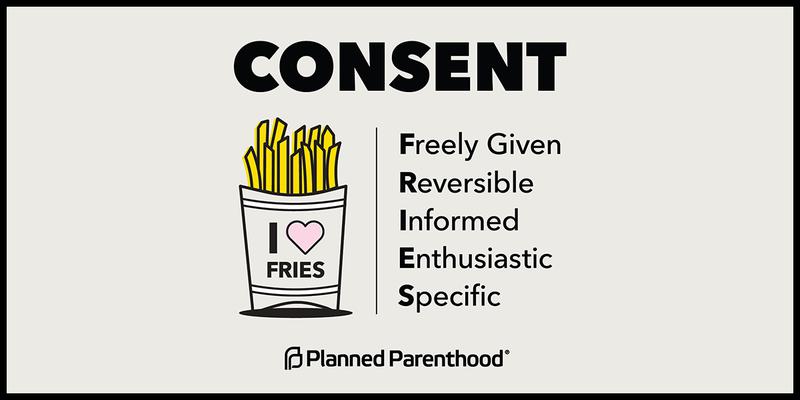STIs are conditions that are spread from person-to-person sexual contact which can include oral, vaginal or anal intercourse, and other types of sexual contact. Prevention of STIs includes using barrier methods (condoms and dental dams), getting certain vaccines, and other behaviors. These infections are relatively common, half of all sexually active adults will get an STI by the age of 25 (according to CDC.gov) – https://www.cdc.gov/nchs/fastats/stds.htm.
There are many different STIs. Some are caused by bacteria and can be treated with antibiotics. These include chlamydia, gonorrhea, and syphilis.
Others are caused by viruses and do not have a cure, though treatments may still be available. These STIs include herpes simplex I and II, human papillomavirus (HPV), and human immunodeficiency virus (HIV). Some strains of HPV can be prevented through vaccination. HIV infection can lead to acquired immunodeficiency syndrome or AIDS if left untreated. However, people at risk for HIV infection can take a medication called Pre-exposure prophylaxis (PrEP).
There are also fungal and parasitic infections like trichomoniasis and pubic lice. These infections are treatable with special medications.
Many STIs are asymptomatic or have symptoms that are not very specific like a fever. Thus, it is important to get regular STI tests if you are sexually active. Untreated STIs can lead to pelvic inflammatory disease. Some STIs may be extra dangerous during pregnancy. Men who have sex with men have a higher risk of getting an STI.
.











